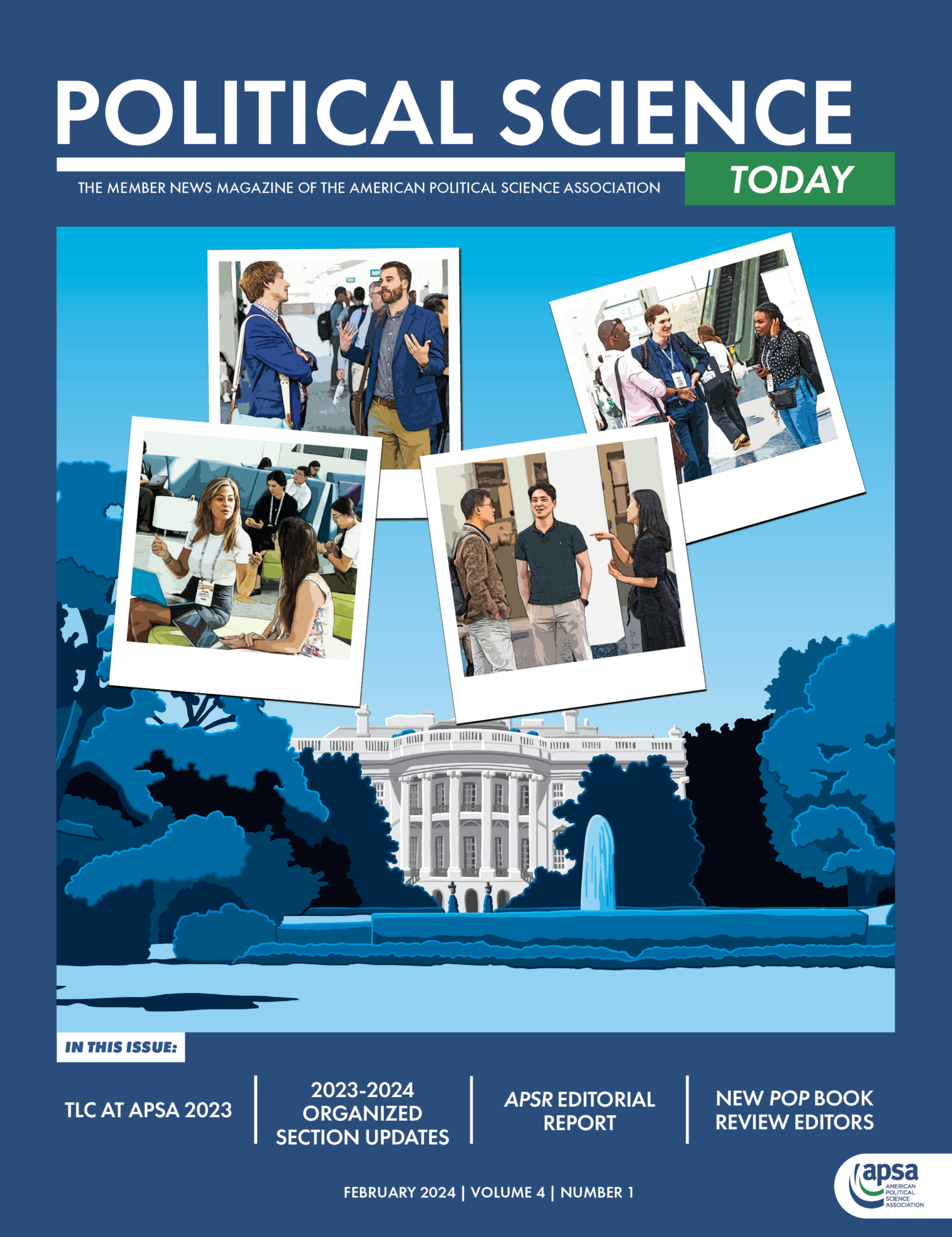Julie Lee Merseth, Northwestern University
In recent years, interest in teaching about Asian Americans has increased among scholars of racial and ethnic politics in the United States. Typically, this includes a strong emphasis on Asian American political behavior related to electoral mobilization and participation. To be sure, an electoral politics emphasis reflects the importance of knowing how Asian communities in the U.S. pursue access to formal political membership (through naturalization) and representation (through voting). It also mirrors a dominant focus on campaigns and elections in the extant literature on Asian American politics and political behavior more broadly. However, such fixed attention to election-centered behavior can misguide both instructors and students to equate political participation with participation in U.S. elections, often excluding other forms of political action from syllabi and classroom discussion.
it is critical to teach Asian American politics not only through a lens of representation but also through a lens of resistance.
When teaching about Asian Americans, centering forms of political engagement outside voting behavior is distinctly needed. Because Asian Americans are a majority foreign-born population comprising large numbers of noncitizens who are ineligible to vote, efforts to build Asian American political power have required Asian communities in the U.S. to pursue their civil rights and political interests both through and outside elections. Moreover, Asian American political participation has relentlessly included collectively mobilizing against anti-Asian racism and xenophobia, historically and present-day. Thus, it is critical to teach Asian American politics not only through a lens of representation but also through a lens of resistance.
To this end, instructors can begin by placing an emphasis on race-based political activism among Asian Americans in their course syllabi, lecture slides, and discussion plans. I define “race-based political activism” as political mobilization or movement-building action that focuses on issues targeting or disproportionately impacting one or more racial(ized) groups and/or that aims to shift racial discourse. As such, Asian American political activism may focus on specific issue-based mobilizations led by Asian Americans—for example, organized actions for or against race-based admissions in higher education, protests against the rise in anti-Asian violence during the COVID-19 pandemic (e.g., #StopAsianHate), or community-specific demonstrations for comprehensive immigration reform. Asian American political activism may also work to advance movements led by other racial groups through actions of cross-racial solidarity, such as support for Black Lives Matter, or focus on intersectional issues, such as educating Asian communities in the U.S. about reproductive justice. Indeed, the possibilities are far-reaching and might feature an in-depth study of a particular mobilization or an exercise in comparing across more than one.
Over time, a sustained commitment to teaching about race-based political activism has the potential to move the study of Asian American politics in an increasingly pressing direction— namely, toward learning how Asian American political activism has shaped and may help explain a host of political experiences, processes, and outcomes in the U.S. Absent this, students will remain shortchanged on a fuller, richer understanding of Asian American politics.





